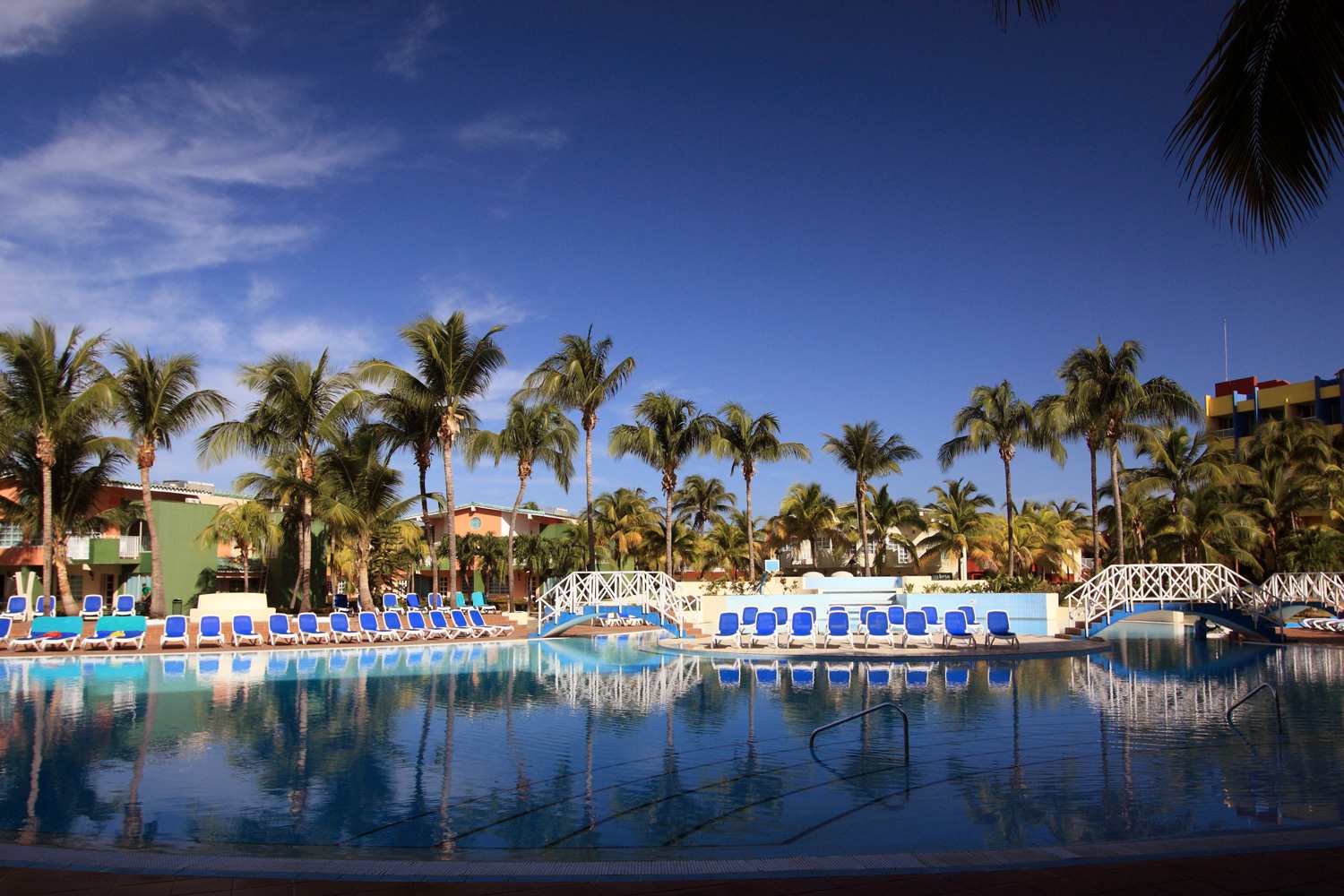Apollo 11’s 50th anniversary has surpassed us by Rosa Furneaux, a journalist at Mother Jones, tweeted a thread on cameras and photographs taken in the area. There’s a wealth of records to be observed inside the line, and it’s worth taking the day to scroll through it. Before the Apollo 11 project and Neil Armstrong and Buzz Aldrin took all those iconic photos at the moon, astronauts had already started taking pics in space.

Project Mercury began in 1958 to send a single guy to space and then get him again thoroughly (study: without blowing him up). They succeeded because four years later, in 1962, Walter Schirra, one of the Original Seven Mercury astronauts, went to the area and flew six orbits around the Earth.
In all that time, he carried the primary camera to the site, his Hasselblad 500C. The images from the Hasselblad had been thoughts-blowing. This is the first time a man or woman, an astronaut, took a picture of the Earth from space – we have taken photos from an area some distance back in 1946, when the US released a digicam aboard a captured German V2 rocket. After the picture from SchiSchirra’sera, the NASANASA’sto department was given a lift. Hasselblad even commenced to, in particular, build cameras that were made for space. Many articles talk about high-quality practices for travel photography, and many of them, even as providing worthwhile advice, tend not to bear in mind that situations aren’t really best for making photographs. The sky is not continually blue, the crowds of tourists no longer always clear a route to make your image, the light is not always the best, and you may not always have the modern-day equipment. There are a few practices that you could position into the place to help you create robust photos while time is short and you cannot usually wait for conditions to enhance.
Do your homework
It is nicely profitable to perform some research on your vacation spot earlier than you leave. This will cgive youan idea of what things will appear to be wwhileyou arrive. Suppose you’ve a concept of what you want to picture before attending a place; in that case, you can also analyze exceptional vantage points and times to be there.
This will help you propose your day and permit you to shape in more capturing than leaving it all till you arrive and trying to make it up instantaneous. Although there may be lots to be said for sincerely coming and wandering a town to get your bearings and capturing what appeals to you if you are brief of time, you might discover this a much more stressful and pressured enjoy and not revel in the want of photographing in a brand new region. AAmusementis the whole purpose of images in the first place.
Shooting in the center of the day
So many images instructors and books inform you to shoot inside the “Gol” en Hours” th” hour just after dawn and before sundown because these times present the pleasant mild for pictures. The tender golden light is maximum flattering. And they are proper. It’s easier to create a standout photo using this sort of light. There are but some practical problems with this. If a destination for the most effective quick period, you could manage to pay to lose any time taking pictures. Shooting for the simplest 2 hours when you are at your region for s day or two almost constantly cresultsin regret for misplaced opportunities.
That’s a lot of time to waste, and there may no longer be a purpose to taking pictures during the day. It can also help push you creatively, providing you with methods to deal with harsh daylight or flat skies. These conditions can assist in adding temper to an image in case you use them for your benefit. For hshortmidday, solar lets you sense the day’s heat in the photograph by producing severe coloration. Or a soft, overcast day that allows maintaining the detail in items or humahumans’es.
Know your system
Know how to use your digicam without needing to reflect onconsideration on it. You miss moments when you have to stop and reflect onconsideration on how to modify settings. There are so many considerations when creating a photo that it could be overwhelming. What is my subject? How do I body the picture?
What aperture works excellently? Do I zoom out or in? As soon as you’ve determined all this, you continue to need to modify the digicam settings to achieve the desired outcome. And all this in a split 2nd. If you can make these adjustments while making the decisions and not having to take the digicam far from your eye, this could be the difference between capturing the image you see in your thoughts and lacking the moment.
But a way to practice this. It seems simplistic. However, getting out there and taking pictures as much as possible is a pleasant way. Concentrate on where the numerous controls are and adjust them without taking the camera away from your eye. Start with desk-bound topics and circulate onto shifting issues. It might be hard and a little irritating at the start, but it is worthwhile when you position it into practice and are available away with the images you expected. We would all like to have weeks or maybe months to live at a location, explore it, and take our time making fantastic pics, but it’s no longer realistic for most of us. We need to evolve and be bendy to get the most out of our photography while we tour someplace new. Working out the quality manner to do this will make your subsequent journey more profitable and fun.














